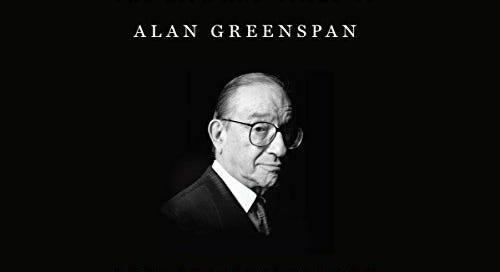Holiday reads #1: Review of "The Man Who Knew: The Life and Times of Alan Greenspan"
Great bio, shame about the narrative
Over the holiday period, I will be resurfacing some of my older writing that is now buried in obscure corners of the interwebs, but hopefully remains of interest to this readership.
This week, my revi…


